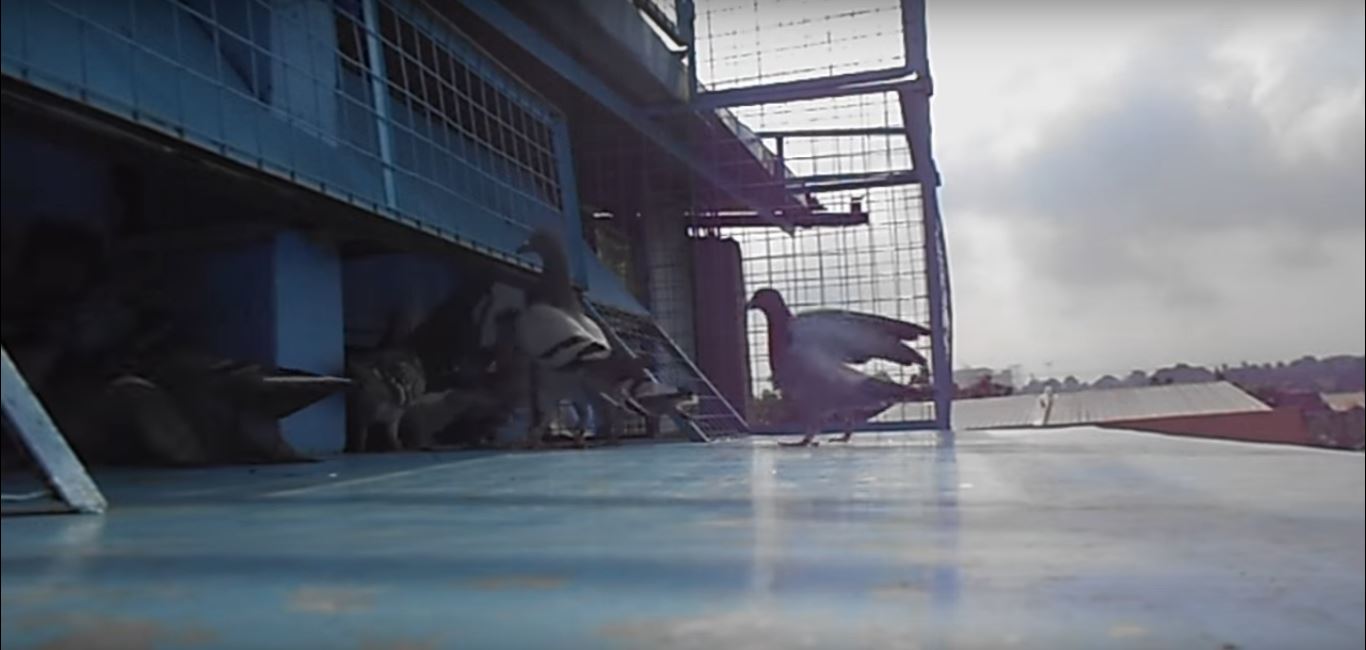What are Some of the Symptoms of a Sick Pigeon?
It is always a nice thing to help Cleveland pigeon in trouble because this practice will not only save
the life of bird you will also get inner satisfaction and peace. There are different kinds of
diseases which effect pigeons and most of the times recognizing the signs and symptoms can take
you in a situation where at the time of need you can actually take the Ohio bird out of great trouble.
Lets discuss some of the common diseases which are related with pigeons and common symptoms associated
with them.

Parathyphoid
This is caused by unsanitary conditions also if the feed gets contaminated by Cleveland rodents the chances of the
development increases. This can also take place when new Ohio pigeons are introduced in a loft prior to making
investigations that either these are healthy or not.
Symptoms
• Loss of weight
• Swelling at limbs and joints of wings becomes apparent
• Twisted neck
• Slimy droppings of green color
• Limping
• One eye gets blind
Paramyxovirus
The recommendation made by Cleveland experts is that birds should be vaccinated once every year so that paramyxovirus can be
prevented from entering into the loft. Birds that are young must be vaccinated at 4-8 weeks. Prior to the start of
breeding season it is better to re-vaccinate the Ohio bird at least four weeks earlier. Once the bird gets affected by
Paramyxovirus there is nothing much that can be done. Therefore, it is best to take preventive measures before
hand.
Symptoms associated
• Weight loss
• Parastop
• Slimy droppings of green color
• Neck and head twisted
Canker
During this condition a yellow colored cheesy substance starts developing inside the mouth of Cleveland pigeons, but canker can
also be external in some cases. The development can take place at any age. Generally it develops as a result of the
growth of flagellate upon throat’s mucous membrane.
Symptoms
• Problems of digestion
• Appetite loss
Ornithosis
More than half percentage of young Cleveland birds gets affected by this condition. They will lose their desire of flying along
with a variety of other complications and issues.
Symptoms
• Wet eyes and swollen eye lids
• Reduction of desire to fly
• Secretions from nose
• Scratching beak and head
• Slime present in throat
• Coughing, rattling and sneezing
• Discoloration wattles
These were some of the common diseases and symptoms associated with them. You should be careful because timely action
and identification can save the life of Cleveland birds.
Visit our Cleveland wildlife trapping home page to learn more about us.

